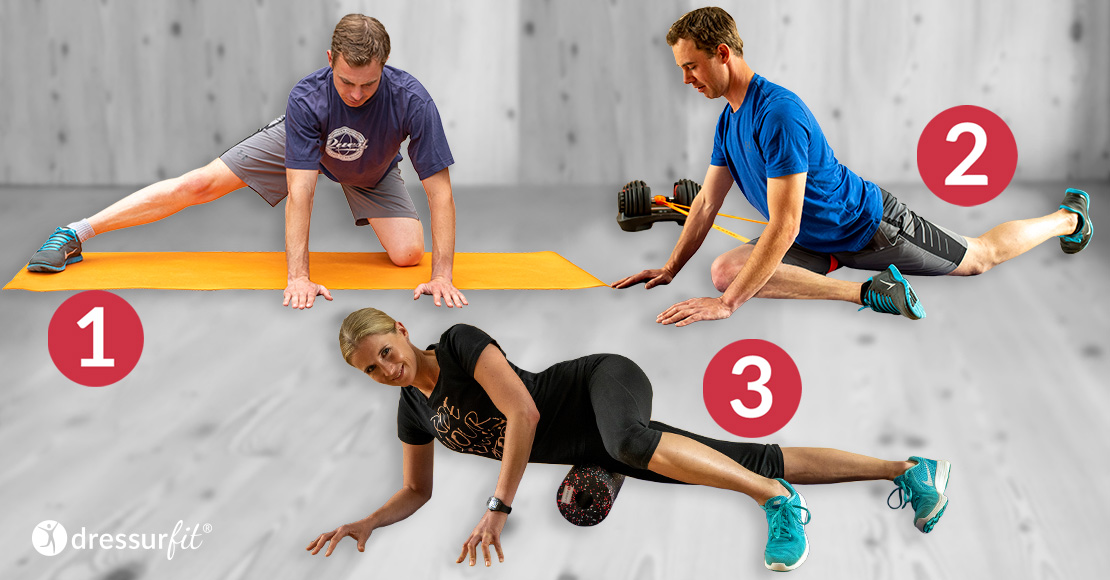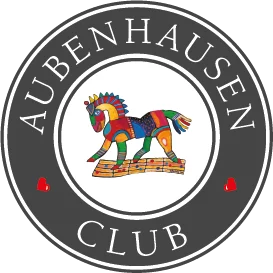
Toes pointing forwards
Correct toe positioning is something many riders struggle with. Very often, everything looks great in walk, however once you go over to sitting trot or canter, or maybe if you need to put your leg on a little more to push your horse forwards, the toes rotate outwards. When it comes to toe position, it’s actually important to understand that your toes are merely the tip of the iceberg. “If your toes rotate outwards in the saddle, it’s likely that your entire leg isn’t in the optimal position”, explains Performance Coach Marcel Andrä. “Often, if you see the toes rotating outwards, the whole leg from the hip joint downwards is rotated outwards, with the knee sticking out and the back of your thighs and calves in contact with the horse. However, the goal should be to ‘wrap’ the inner side of your thighs and calves around the horse so you can make subtle leg aids work effectively with very little leg movement.” The key factor for correct toe positioning is sufficient mobility in your hips, ankles, hamstrings and calf muscles. When you’re in a wide position, it’s quite normal for your legs to want to naturally rotate outwards, which will cause your toes to point outwards. To avoid this, quite a lot of internal rotation of your hip joints is required. In addition, many of us find it easier to contract the muscles on the back of the thighs and calves, because we use those muscles a lot in everyday life. However, if you apply the leg aids by using the muscles on the back of your legs, you’ll probably end up pulling your knees up and digging your heels into the horse rather than applying subtle aids with the inner side of your calves.
However, try not to force your toes pointing forwards in the saddle, as that will most likely result in your entire leg tensing up, preventing you from absorbing the horse’s movement through your seat and legs all the way down into a relaxed, low heel. Instead, try to improve the mobility of your hips and posterior leg muscles through specific exercises on the ground. With sufficient mobility, your legs will automatically adapt the correct position with the inner side of your thighs and calves in contact with the horse and your knees and toes pointing forwards, which in turn will help you create a more stable seat and finer leg aids without gripping or digging your heels in. Here are three of our favourite exercises to improve toe positioning:
1. Groin Stretch
Start on your hands and knees and stretch one leg out to the side. Make sure that your toes are pointing forwards and that your pelvis remains parallel to the ground. From this position slowly shift your bottom backwards towards your heel and then back up again. Repeat the exercise 8-10 times each side.
2. Pigeon Variant
Attach the Superband to a sturdy object close to the ground. Start on your hands and knees and place the Superband high up around one of your thighs as close to your hip as possible. Put this leg down on the ground in front of you with your knee bent at approximately 90 degrees. Stretch the other leg out behind your body and push your hips towards the ground. Hold this stretch for 30 – 45 seconds before changing to the other side.
Tip: To reduce the intensity of the stretch, bend your front leg a little more than 90 degrees. However, the exercise is most effective the closer you get to a 90-degree angle with your front knee. To increase the intensity of the stretch, push your upper body forwards towards the ground. Remember to breathe slowly and deeply during the stretch.
3. Myofascial Release of the Abductors
Start in a side plank position on your right side and place the BLACKROLL® under your right thigh. Lean your upper body slightly forwards and support it with your left arm. Stretch your right leg and place your left leg in front of your body for support. Slowly roll over the BLACKROLL® from the hips to approximately the middle of your thigh by shifting your upper body slowly a few centimetres back and forth.
Tip: The myofascial release can be quite intensive but should not hurt. To reduce the pressure on the foam roller you can shift more weight onto your hands and upper leg.
The new DressurFit® Advanced tests put a lot of focus on hip mobility and internal rotation and compare the range of motion on the left and the right side of your body. For many riders one side is ‘better’ than the other. To get your individual test evaluation and personal training plan, join our DressurFit® programme now.
